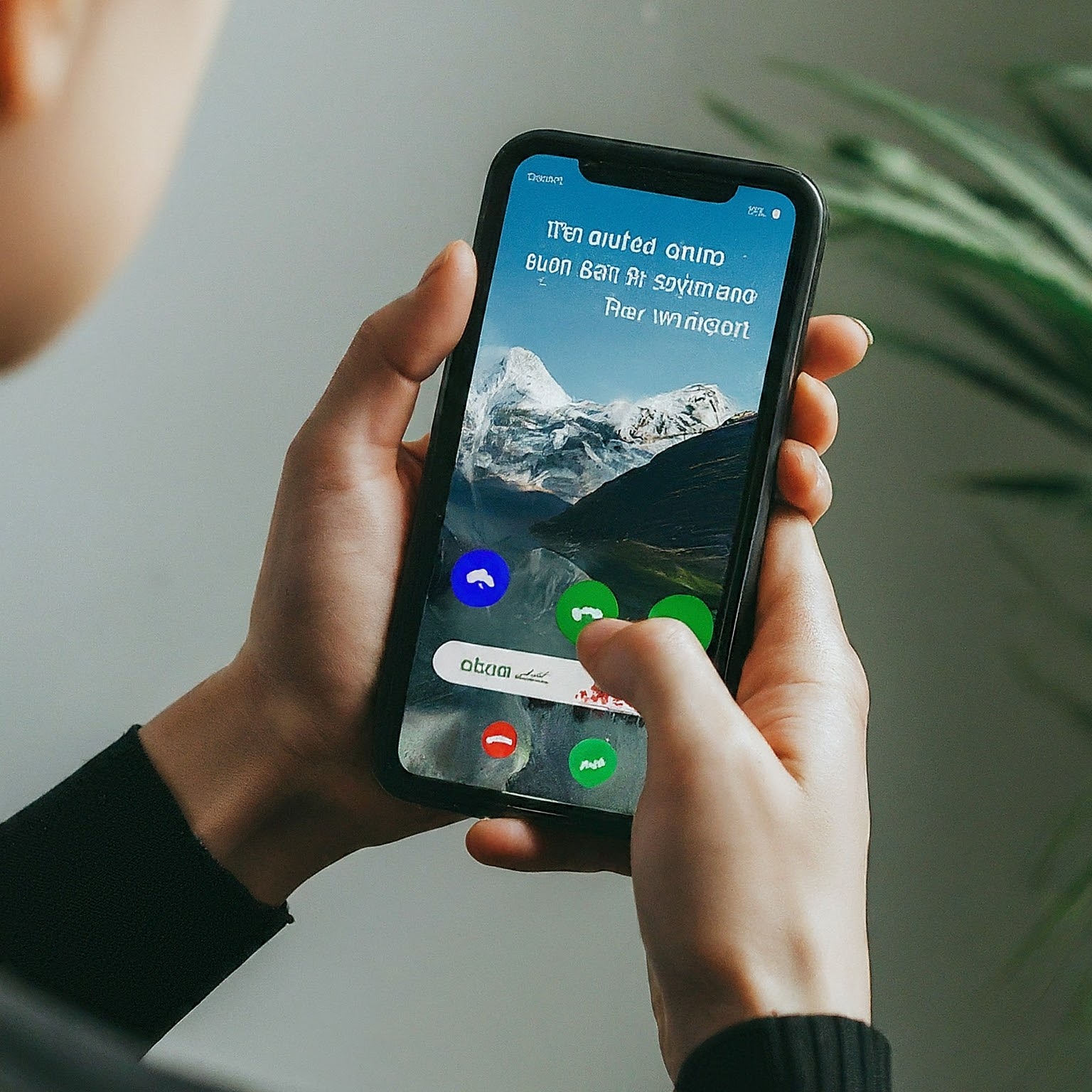In today’s interconnected world, communication across borders has become increasingly essential. Whether for business, personal, or educational purposes, the ability to connect with individuals and businesses in different countries is crucial. One of the key elements that facilitate international communication is the country code, a standardized identifier assigned to each nation. Understanding how to dial an international number is essential for anyone who needs to make calls across borders.

Understanding Country Codes
A country code is a two-letter or three-letter alphabetic code that is used to represent countries and territories worldwide. These codes are primarily employed in telecommunications, internet domains, and ISO standards. They serve as a universal language, enabling seamless communication and data exchange between different regions.
The Basic Dialing Sequence
The general sequence for dialing an international number involves the following steps:
- International Access Code: This code, which varies depending on the country, is used to signal the start of an international call. It typically consists of one or two digits.
- Country Code: The country code of the destination country is dialed next. This code identifies the specific country where the recipient is located.
- Area Code: The area code is a numerical sequence that specifies the geographic region within the destination country.
- Local Phone Number: The final part of the number is the local phone number, which consists of a sequence of digits that identifies the specific phone line or mobile device.
Common International Access Codes
Here are some of the most common international access codes used in different countries:
- United States and Canada: 011
- United Kingdom: 00
- Australia: 0011
- China: 00
- France: 00
- Germany: 00
- India: 00
- Japan: 010
- Russia: 00
Dialing Examples
To illustrate the dialing process, let’s consider a few examples:
- Calling a US number from Canada: 011 + 1 + area code + local phone number
- Calling a UK number from the United States: 011 + 44 + area code + local phone number
- Calling a Chinese number from Australia: 0011 + 86 + area code + local phone number
Tips for International Dialing
- Verify the Correct Number: Ensure that you have the correct country code, area code, and local phone number before making the call.
- Check Time Zones: Be mindful of time zone differences to avoid calling at inconvenient times.
- Consider Costs: International calls can be expensive. Check with your phone provider for pricing information.
- Use a VoIP Service: Many VoIP (Voice over Internet Protocol) services offer affordable international calling rates.
Challenges and Best Practices
While international dialing has become more accessible, there are still some challenges to be aware of:
- Number Portability: Individuals may retain their phone numbers when switching between providers, which can make it difficult to track down the correct number.
- International Numbering Plans: Different countries may have different numbering plans, which can add complexity to international dialing.
- Technical Issues: Network congestion, poor signal quality, or compatibility problems can sometimes hinder international calls.
To overcome these challenges, it is recommended to:
- Use reliable phone providers.
- Verify the accuracy of the phone number before dialing.
- Be patient and persistent in case of connection issues.
- Consider using alternative communication methods, such as video conferencing or messaging apps.
Conclusion
Dialing an international number is a relatively straightforward process, but it requires knowledge of country codes, area codes, and local phone numbers. By following the guidelines outlined in this article, you can effectively connect with individuals and businesses around the world. With the increasing globalization of communication, mastering international dialing is a valuable skill for anyone who needs to stay connected on a global scale.